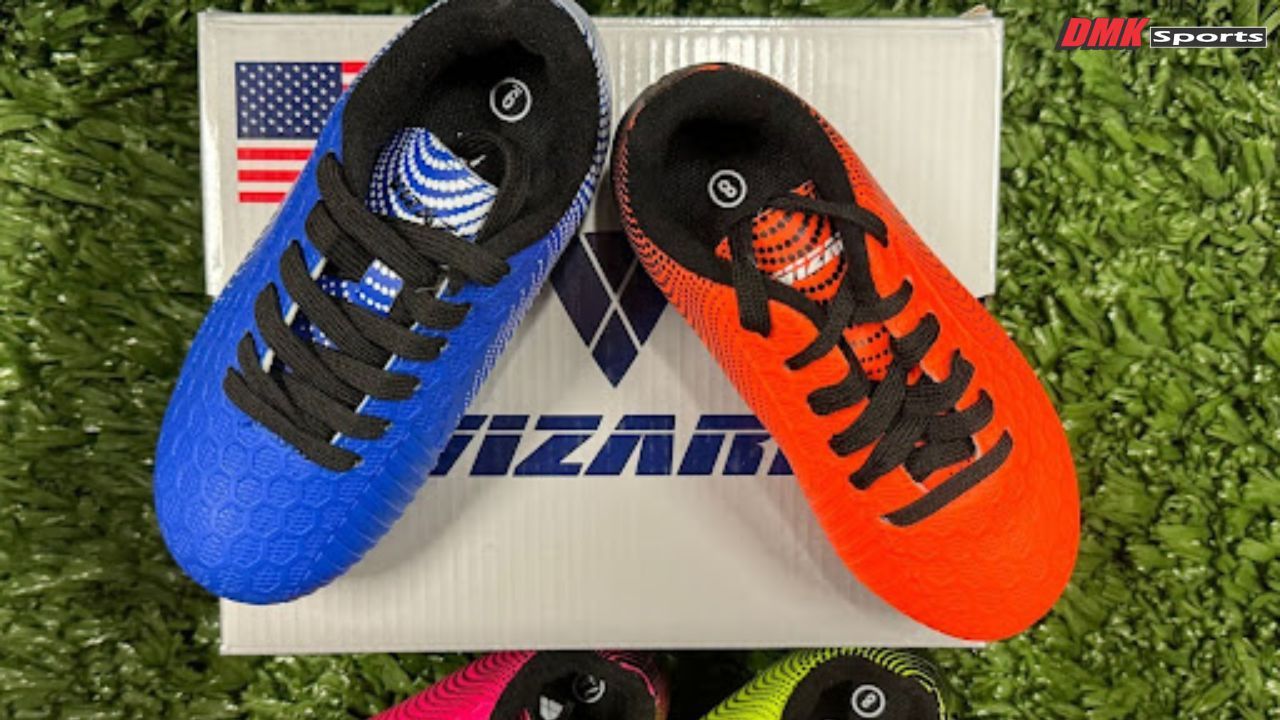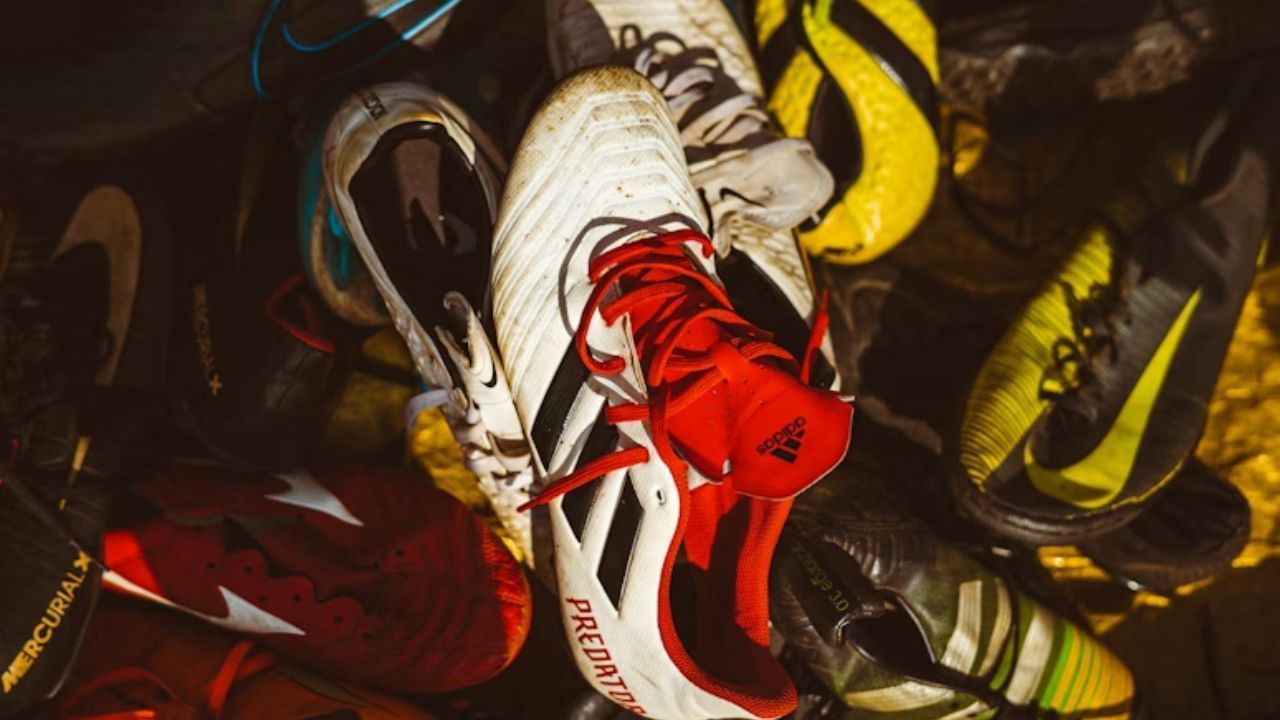Adult Soccer Shin Guards Buying Guide: Materials, Fit, and Features

Adult soccer demands the right gear to ensure both performance and protection. Fast-paced play and frequent impacts make protection on the field a necessity. One of the most important pieces of equipment for safety is the shin guard.
Not only do these Shin guards help you against impacts but it also helps in overall performance and comfort on the field.
Through this guide you will understand why it is so important to have shin guards and what are the materials, fits, and features, etc.
Understanding the Importance of Shin Guards
Shin guards are mandatory sports equipment, especially in soccer it keeps you protected from critical injuries caused by tackles, collisions, and accidental kicks.
Shin guards protect the shinbone, which is highly vulnerable to fractures and bruises if proper precautions are not taken. When you wear the right shin guards, it helps significantly, reducing risk of such injuries, allowing you to play with ace and to focus on their game without concern.
Why Adult Soccer Players Need Shin Guards
Adult Soccer is fast paced and can be extremely physical at times, as tackles are inevitable and to risk major injuries you need to have the right equipment that allow you to run freely without compromising safety.
If you play without any proper protection the risk of you getting injured is higher, injuries like bruises, fractures, and repeated injuries may increase. Adult Soccer shin guards for adults are thicker and stronger to absorb impacts. A well-fitted guard stays in place and provides reliable protection during aggressive gameplay.
There are many professional players who also customize the shin guards, they prioritize guards that provide the optimal balance protection, flexibility, and comfort.
Materials Used in Adult Soccer Shin Guards
The effectiveness of a shin guard largely depends on the materials used in its construction. High-quality materials ensure durability, comfort, and optimal protection.
1. Polypropylene Shells
Polypropylene is a lightweight yet durable plastic commonly used in shin guards. It offers excellent impact resistance, making it ideal for absorbing the force from tackles and kicks.
2. EVA Foam Padding
Ethylene-vinyl acetate (EVA) foam is often used as padding inside shin guards. It provides cushioning, absorbs shocks, and enhances comfort, reducing the risk of bruising.
3. Carbon Fiber Composites
For premium protection, some shin guards incorporate carbon fiber composites. These materials are incredibly strong yet lightweight, offering superior protection without adding bulk.
4. Breathable Fabrics
To prevent discomfort during intense matches, many shin guards feature breathable fabrics that wick away moisture, keeping the legs cool and dry.
Choosing the Right Fit
A proper fit is crucial for both comfort and protection. Ill-fitting shin guards can shift during play, leaving parts of the leg exposed.
Sizing
Since the shin guards come in various sizes to accommodate different leg lengths, you can also have it customized. To determine the correct size, measure the length from the top of the ankle to just below the knee. This measurement will guide you in selecting the appropriate size.
Types of Shin Guards
Adjustability
Many shin guards come with adjustable straps or sleeves to ensure a snug fit. It's essential to choose a pair that stays securely in place during play to maximize protection.
Key Features to Consider
When selecting shin guards, consider the following features to ensure optimal performance:
Impact Resistance
The primary function of shin guards is to absorb and dissipate the force from impacts. Look for guards with sturdy outer shells and adequate padding.
Ventilation
Breathable materials and ventilation holes help in reducing heat buildup and moisture, enhancing comfort during long matches.
Weight
Lighter shin guards allow for greater agility and speed, which is particularly beneficial for positions requiring quick movements.
Durability
Durable materials ensure that the shin guards withstand repeated use and last through multiple seasons.
DMK Sports: A Trusted Provider
For those players looking for the perfect fit and quality assured shin guards, DMK Sports offers a range of options suitable for adult players.
You can check the collection with various fits and styles to cater to different preferences. You may find the shin guards with attached ankle protection, slip-in style guards with sleeves included. The popular G-form guards; shin pads attached to a sleeve that start soft and harden on impact.
Conclusion
If you are someone who plays soccer on a regular basis then you must be aware of the significance of choosing the right adult soccer shin guards mainly because of the safety concerns. While choosing the right fit, Adult Soccer players must emphasize on the materials, fit, and comfort when selecting a pair.
Shin guards must shield the leg, stay firmly in place, and allow natural movement, while also lowering injury risk and increasing player confidence.










